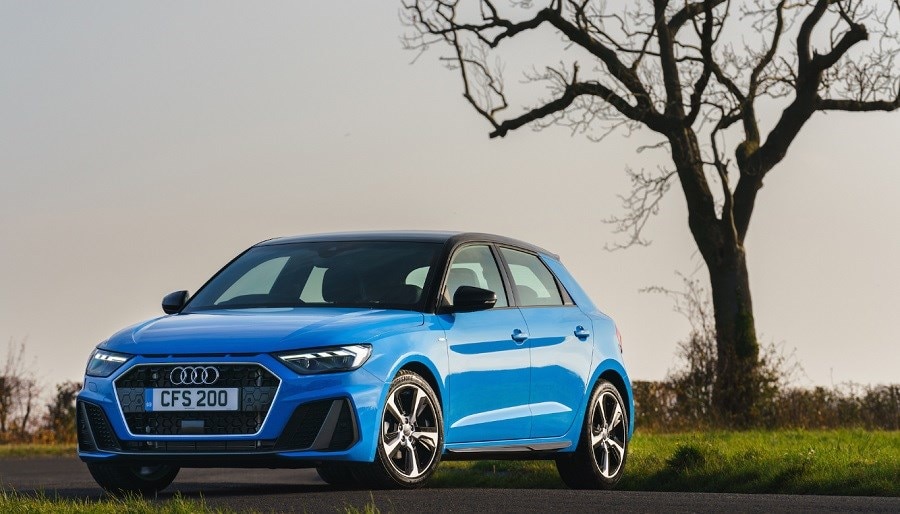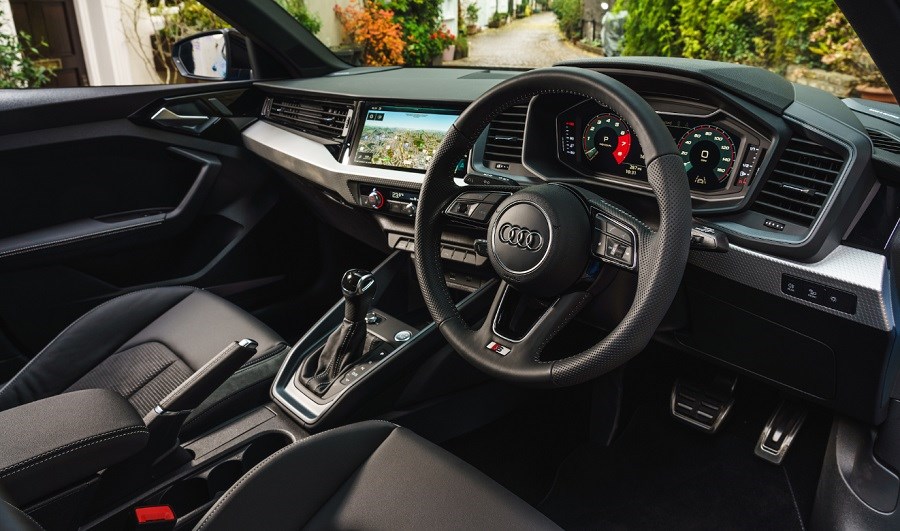Latest model
Audi pulled the wraps off a more mature, larger and safer second-generation A1 in June 2018. The manufacturer is not known for switching its models up in terms of design, so this particular model’s looks were rather a surprise.
The second-generation A1 is five-door only (the first model was available in three- and five-door guises) and it took inspiration from the firm’s past Quattro motorsport models with its bonnet slits and large air inlets.
Standard equipment was impressive, with all models coming with front and rear LED lights and autonomous emergency braking to name but a few. The engine choice at the time of writing was quite limited, with just a turbocharged 1.0-litre petrol engine available in two states of tune. Further petrol engines are set to be added to the line-up, although the line-up is likely to remain diesel-free.
The second-generation A1 is 56mm longer than the car it replaces, which equates to both a larger boot and more interior space overall.
Value for money
The Audi A1 is pitched as a premium supermini, with prices to match. The entry-level new A1 now costs over £2,000 more than the model it replaces, although admittedly it comes with far more equipment.
New prices start from £18,540 and rise to £23,180 for the top-spec S line model. The starting price here is for the 114bhp petrol unit, so expect the starting price to lower when a lower-powered model joins the line-up.
Regardless, the standard equipment is impressive, with all models coming with LED headlights and rear lights, a smartphone interface, and an impressive 8.8-inch touchscreen. Though it is a bit disappointing that the A1 misses out on equipment such as cruise control and parking sensors on entry-level models.
Throughout the A1’s lifetime, the desirability factor kept prices high. It’s still rare to see early Audi A1s under £5,000, even eight years after the model first went on sale. Although just over £6,000 will get you a tidy example, with around 70,000 miles on the clock.
Even the last of the outgoing models have retained their value, with just a couple of thousand of pounds available off the list price for first-generation 2018 models.
At the time of writing, the second-generation model had only just reached showrooms, with no nearly-new models available on the used market. We predict these to retain their value in a similarly impressive fashion.
Looks and image
In the premium supermini class, image is everything so the new A1 has an equally tough battle to appeal to customers.
The new model isn’t quite as safely styled as the last model, but it has a lot going for it with its distinctive front grille, LED lights and a far sharper design than before. The aforementioned nods to Audi’s past motorsport models and will likely mean little to those buying them. But we think it works well. The main difference compared to the last model is the absence of a three-door model, which comes as part of Audi’s culling of three-door variants across its range to cut costs. This means that the A1 is now only offered in five-door Sportback guise, which is far more practical.
The interior is perhaps not as you might expect, with disappointing interior quality in places. Everything looks superb, with the standard-fit touchscreen which is fantastic to use, as well as a 10.25-inch digital cockpit. However, while the top of the dashboard is soft-touch and feels classy, the plastics on the door cards and center console feel disappointingly poor, and not quite what you expect from a car which sits at the top of its class in terms of price.
Thankfully it makes up for the interior quality once you’re behind the wheel. There are some fantastic cars to drive in the supermini class – the Mini, Ford Fiesta and Volkswagen Polo, for example – and the A1 can now be added to this list. The steering has a pleasing weight to it, while it has a particularly composed ride for such a small car. Keen drivers might be left wanting a bit more performance, though.





